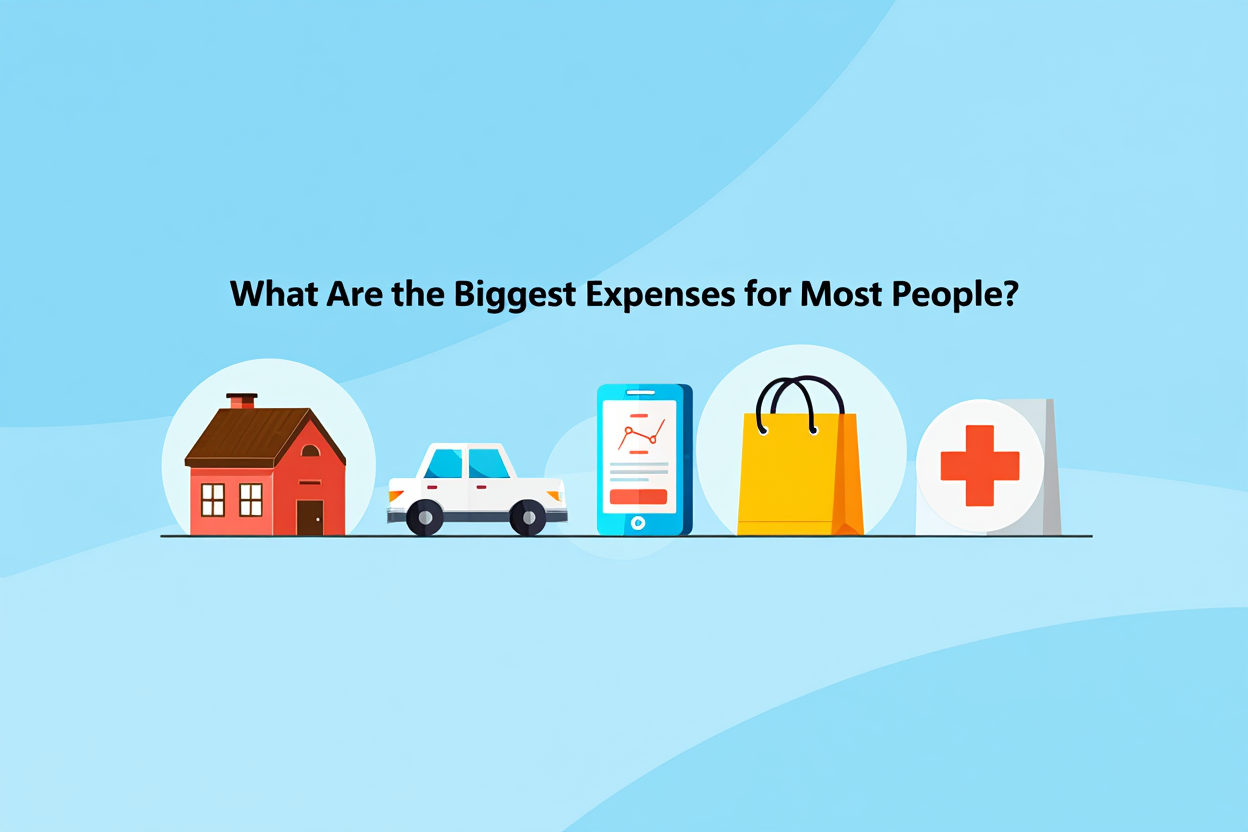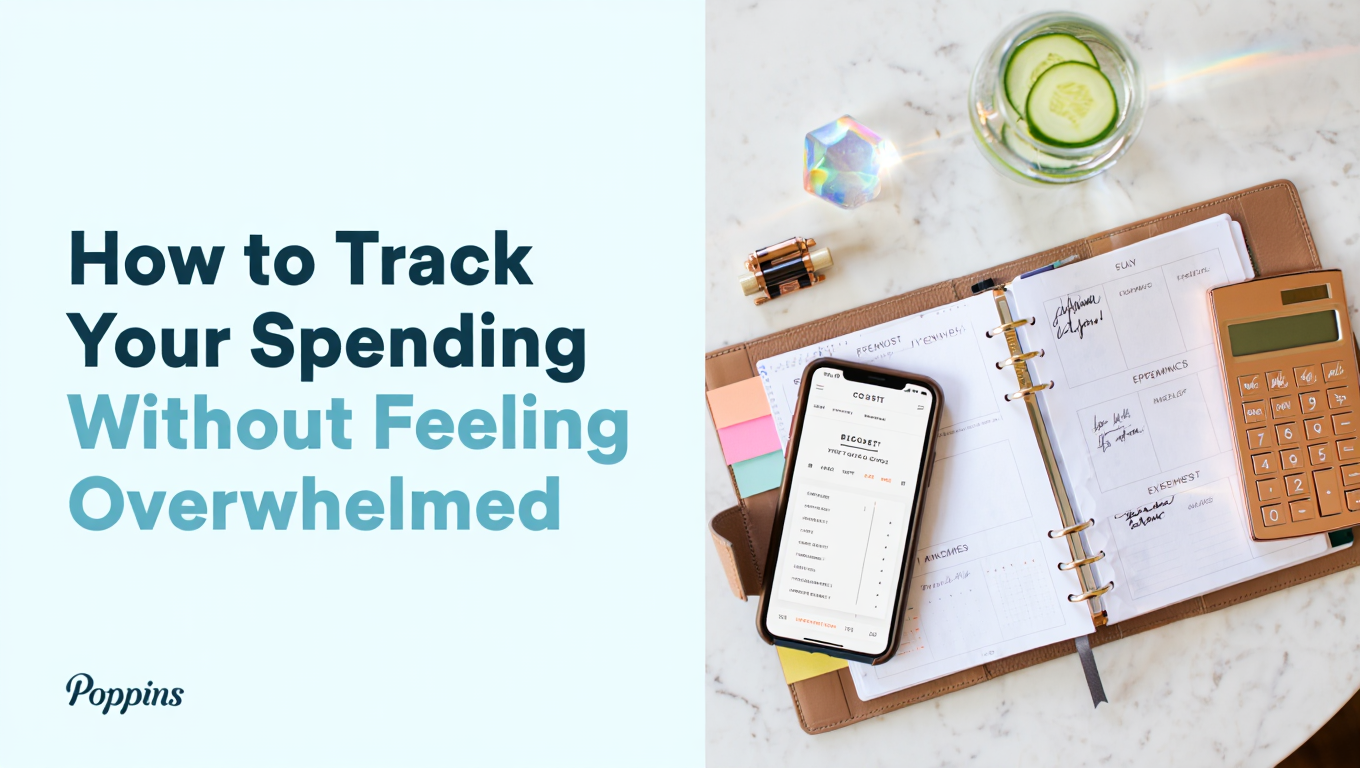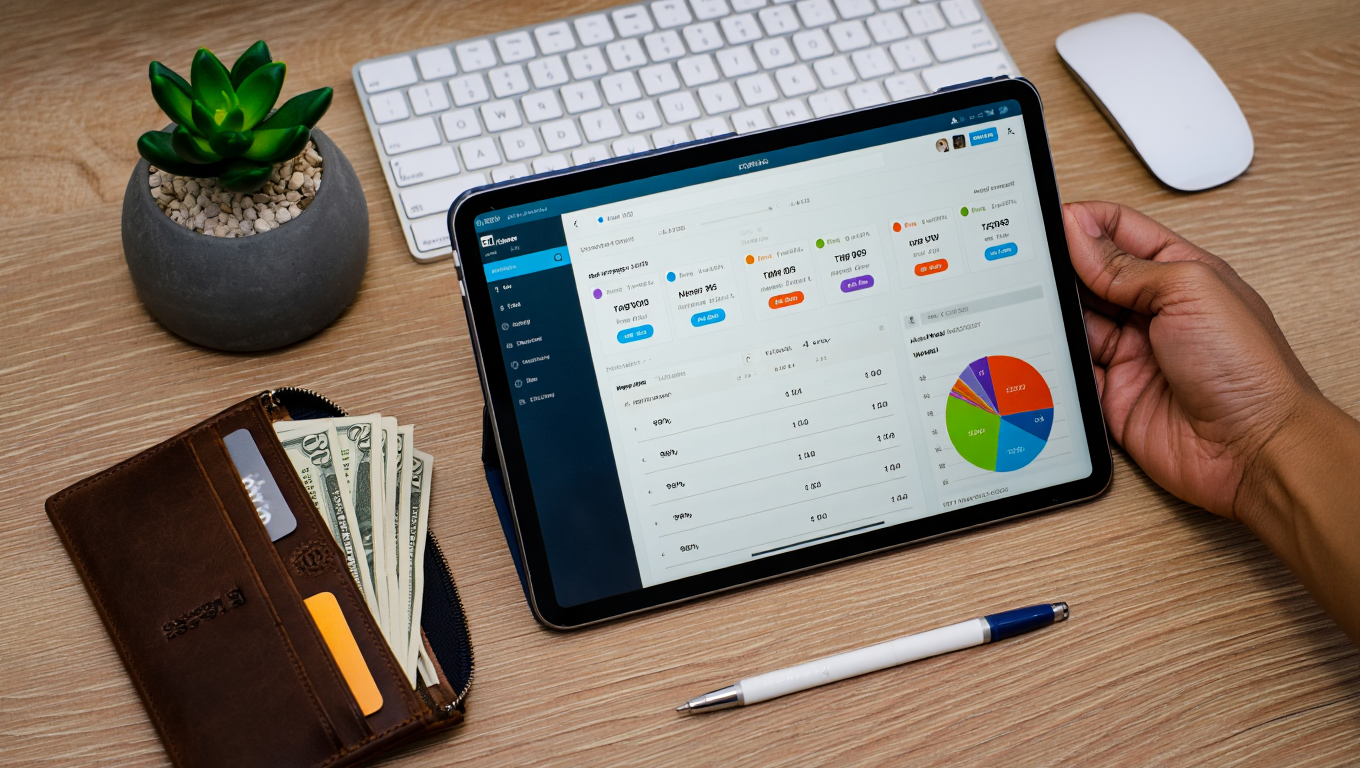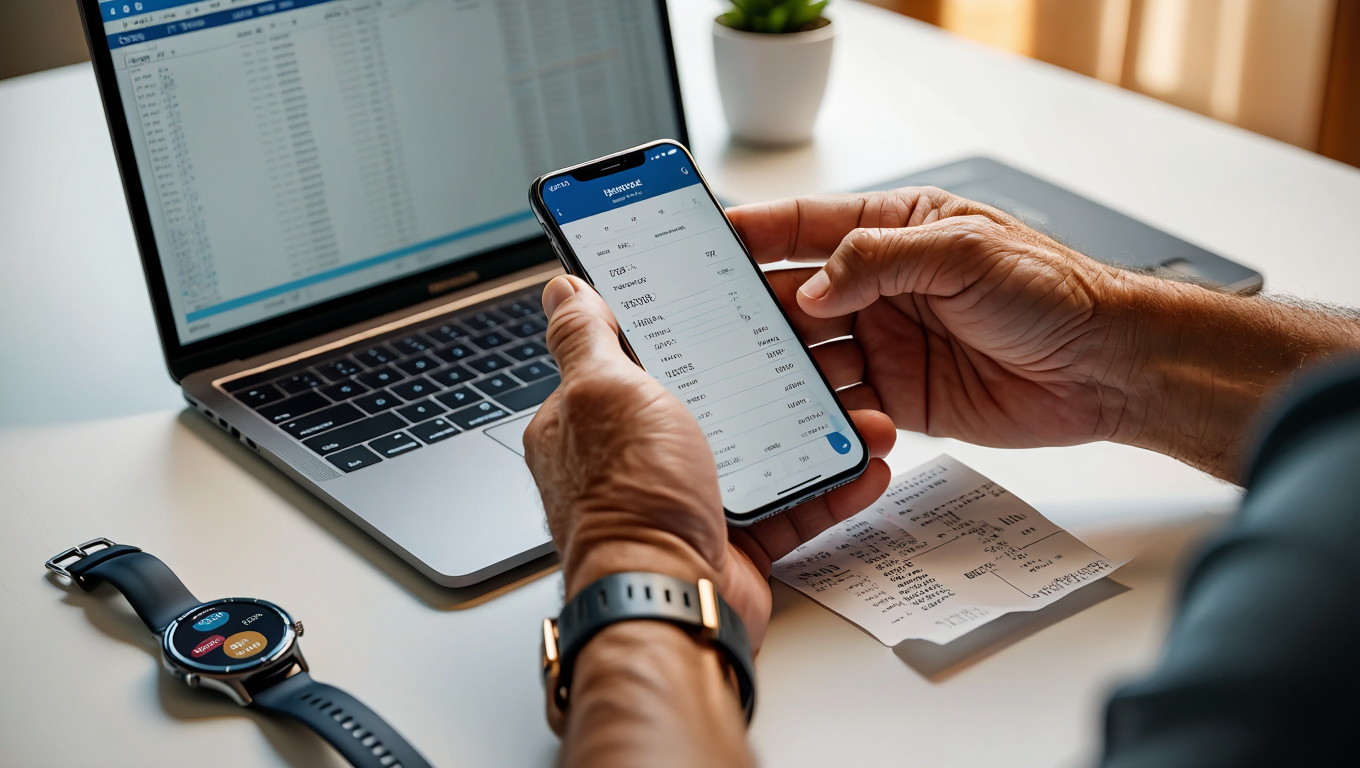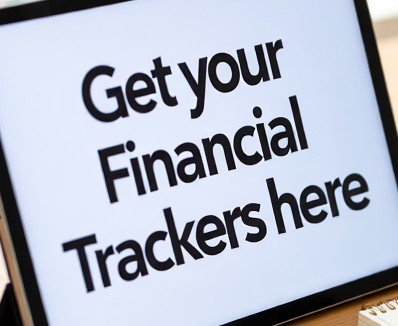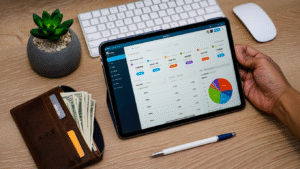
Money may not grow on trees, but smart financial habits can be nurtured from an early age. As a parent, one of the greatest gifts you can give your children is the knowledge and confidence to manage money wisely. In a world driven by consumerism, credit cards, and instant gratification, teaching your kids about financial management sets them up for lifelong success.
In this comprehensive guide, you’ll learn how to teach your kids about financial management, starting with toddlers and growing with them into their teens. Whether you’re explaining what a dollar is or helping your teen open their first bank account, we’ll break down financial literacy into age-appropriate steps—and provide practical tips, conversation starters, and tools to make money lessons stick.
Why Teaching Kids About Money Matters
Before we dive into the how, let’s address the why.
🌱 Early Money Lessons Have Lasting Impact
Studies show that kids form money habits as early as age 7. That means what they observe at home—how you budget, spend, save, and talk about money—can shape their financial attitudes for life.
📊 Financial Illiteracy is Costly
A lack of financial education leads to high debt, poor credit, and limited opportunities. Teaching your children the basics helps them avoid common pitfalls like overspending, late payments, or living paycheck-to-paycheck.
💪 Financial Confidence = Life Skills
Budgeting, saving, and delayed gratification teach more than just money smarts. These skills foster discipline, patience, responsibility, and independence.
The Stages of Financial Education by Age
Every age offers a chance to teach kids about money. Here’s a breakdown of key lessons for each stage of development.
👶 Ages 3–5: Introducing Money Concepts
At this stage, kids are naturally curious. While they may not understand financial systems, they can grasp basic ideas.
Key Lessons:
- What money is (coins vs. bills, the idea of trade)
- Money is earned by working
- You have to make choices when you spend
Tips:
- Use play money or toy cash registers
- Let them hand money to a cashier
- Read books like “Bunny Money” or “The Berenstain Bears’ Dollars and Sense”
- Introduce the “three jars” method: Save, Spend, Share
👧 Ages 6–9: Earning, Saving, and Spending
This is a great time to start giving allowance in exchange for chores to demonstrate how money is earned.
Key Lessons:
- Budgeting simple money (like allowance)
- The difference between needs vs. wants
- Saving for short-term goals
Tips:
- Set up a piggy bank or clear jar for savings
- Involve them in small purchasing decisions
- Help them create a simple savings goal (e.g., a toy)
- Encourage giving to charity or helping others
👦 Ages 10–13: Budgeting and Delayed Gratification
Pre-teens can start understanding more complex financial decisions.
Key Lessons:
- Setting financial goals
- Comparing prices and evaluating value
- Delayed gratification (waiting to buy)
Tips:
- Introduce apps or games like Bankaroo or PiggyBot
- Help them open a youth savings account
- Let them manage a small budget for school supplies or outings
- Practice real-life math by comparison shopping
🧑 Ages 14–18: Banking, Credit, and Independence
Teens are ready for real-world money experiences. This is the time to build strong financial habits before adulthood.
Key Lessons:
- How bank accounts and debit cards work
- The basics of credit and interest
- Tracking spending and setting a budget
- Understanding paychecks, taxes, and saving for big goals (car, college)
Tips:
- Co-sign a teen checking account with a debit card
- Introduce budgeting apps like YNAB or Mint
- Talk about credit scores and how loans work
- Encourage part-time jobs or entrepreneurial ventures
10 Practical Tips for Teaching Kids About Financial Management
1. Lead by Example
Kids watch what you do more than what you say. Practice healthy financial habits—budgeting, saving, and avoiding impulse buys.
2. Make Money a Regular Conversation
Talk about money openly. Discuss bills, how you grocery shop on a budget, or why you’re saving for a vacation.
3. Use the 3-Jar System
Teach young kids to divide money into:
- Save: For future goals
- Spend: For things they want now
- Share: For gifts or donations
4. Offer Earned Allowance
Rather than handing out cash, tie allowance to chores or small jobs to teach work ethic and reward systems.
5. Set Goals Together
Let your child choose a savings goal (e.g., a toy, bike, or game). Help them create a plan and track progress visually.
6. Play Financial Games
Board games like Monopoly, The Game of Life, or online simulators make learning fun.
7. Introduce Budgeting Early
Even with small amounts, help them create a mini budget. Use categories: wants, needs, savings, gifts.
8. Help Open a Bank Account
Teens benefit from real banking experience. Choose a kid-friendly bank with no fees and a mobile app.
9. Teach the Power of Compound Interest
Use examples or online calculators to show how savings grow over time—and how debt can do the same!
10. Discuss Credit Early
Explain how credit cards work, what interest means, and how to build a good credit score over time.
Infographic: Financial Milestones by Age
| Age Group | Key Concepts | Tools & Activities |
|---|---|---|
| 3–5 years | What money is, choices | Play money, 3 jars system, books |
| 6–9 years | Earning, saving, needs vs. wants | Allowance, piggy bank, goal setting |
| 10–13 years | Budgeting, price comparison | Apps like Bankaroo, simple budgets |
| 14–18 years | Banking, credit, independence | Debit card, teen bank account, part-time job |
Tools & Apps to Help Teach Financial Literacy
Here are some great tools to support your child’s learning:
📱 Apps:
- Greenlight: Debit card for kids with parental controls
- GoHenry: Prepaid card and app for kids and teens
- BusyKid: Earn allowance through chores, invest directly
- RoosterMoney: Visual allowance tracker and savings goals
📚 Books:
- “Smart Money Smart Kids” by Dave Ramsey and Rachel Cruze
- “Money Ninja” by Mary Nhin
- “How to Turn $100 Into $1,000,000” by James McKenna
Common Mistakes to Avoid
Even well-meaning parents can misstep. Here are a few pitfalls to avoid:
- 💸 Avoid making money taboo. Don’t be afraid to discuss finances—even when it’s hard.
- 🪙 Don’t skip lessons on giving. Generosity is a key part of financial literacy.
- 🙅♀️ Avoid bailing kids out every time. Let them feel the consequence of overspending.
- 📉 Don’t delay these lessons. The earlier, the better—even if it’s just small steps.
Final Thoughts: Set Your Kids Up for Financial Success
Teaching your kids about money doesn’t require a degree in finance—it just takes consistency, conversation, and a willingness to involve them in real-life decisions.
By starting early and adjusting lessons to their age, you equip your child with tools they’ll use every single day of their life. From counting pennies to managing paychecks, financial literacy is the foundation of a responsible, independent future.
Remember, it’s not about being perfect—it’s about being intentional.
👉 Shop for Financial Trackers Now and take the first step toward financial mindfulness today.

